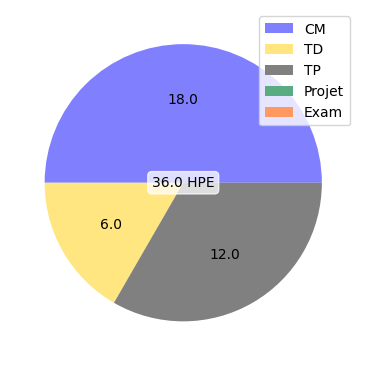Signal
Signals and Systems
Description: The digital world generates large volumes of diverse data (audio, images, video, physical measurements) associated with human activities in fields as varied as healthcare, telecommunications, industry, and the environment. Extracting meaningful information from these signals is increasingly essential for: decision-making (e.g., medical diagnosis), information encoding (e.g., data compression), analysis of physical phenomena (e.g., detection of mechanical faults), and signal restoration (e.g., removing noise from an audio signal). The course will begin by introducing fundamental concepts of signals (in particular, regarding distributions) and linear time-invariant systems (convolution, etc.). It will then address energy-related aspects (correlations, signal-to-noise ratio). This will lead to the study of the Fourier transform for analog signals and the spectral representations used in analog systems (e.g., for filtering). The course will then explore what happens when signals are discretized and digital systems are considered (Shannon, Gabor; discrete-time Fourier transform; Fast Fourier Transform). Finally, it will examine the reverse transition—from digital back to analog—as well as sampling rate conversion.
Bibliography:
- Ref. [1] : A.V. Oppenheim and R.W. Schafer, Discrete Time Signal Processing, Prentice Hall, 3rd Ed. (2009)
Learning outcomes: By the end of this first-year course, students will be able to understand and apply signal processing methods to solve various problems in information science, such as information transmission, signal denoising, physical parameter estimation, and spectral analysis. These problems arise in a wide range of applications, including automatic speech recognition, music recording identification, radar source localization, climate data analysis, medical image reconstruction in MRI, gravitational wave detection in astrophysics, and the development of next-generation cellular networks (5G, IoT).
Evaluation methods: Lab reports
Course supervisor: Stéphane Rossignol
Geode ID: SPM-SIC-001
